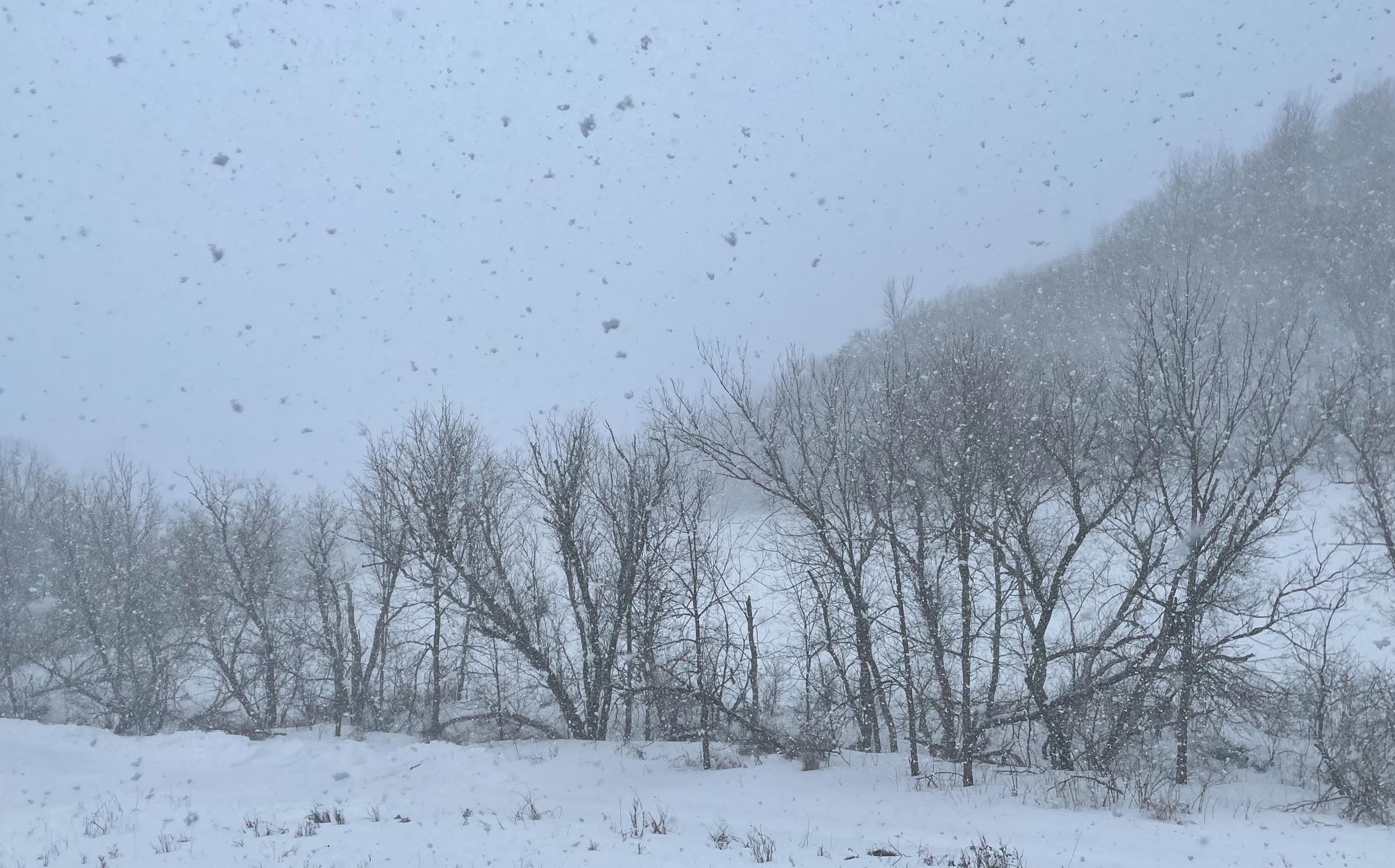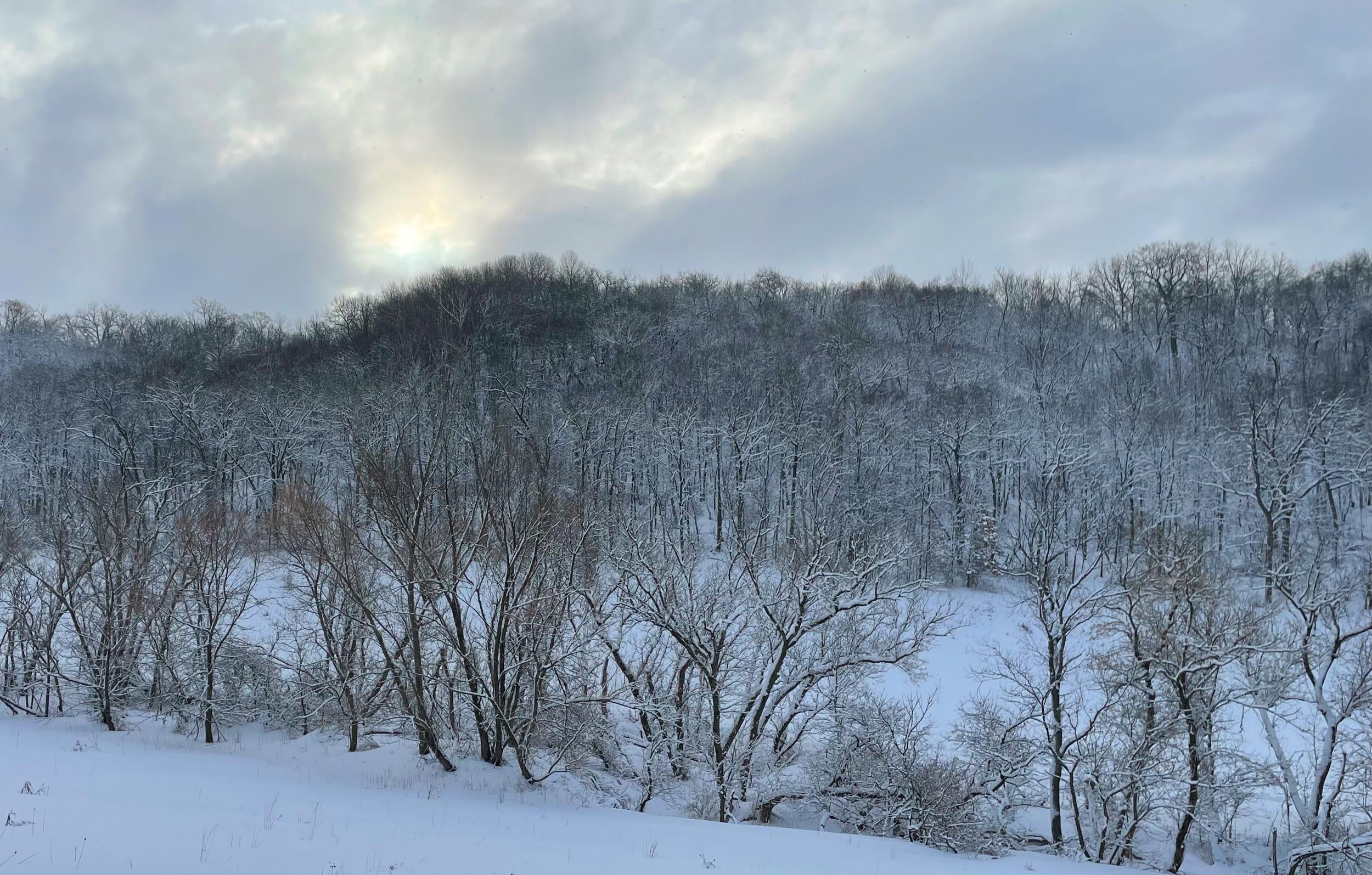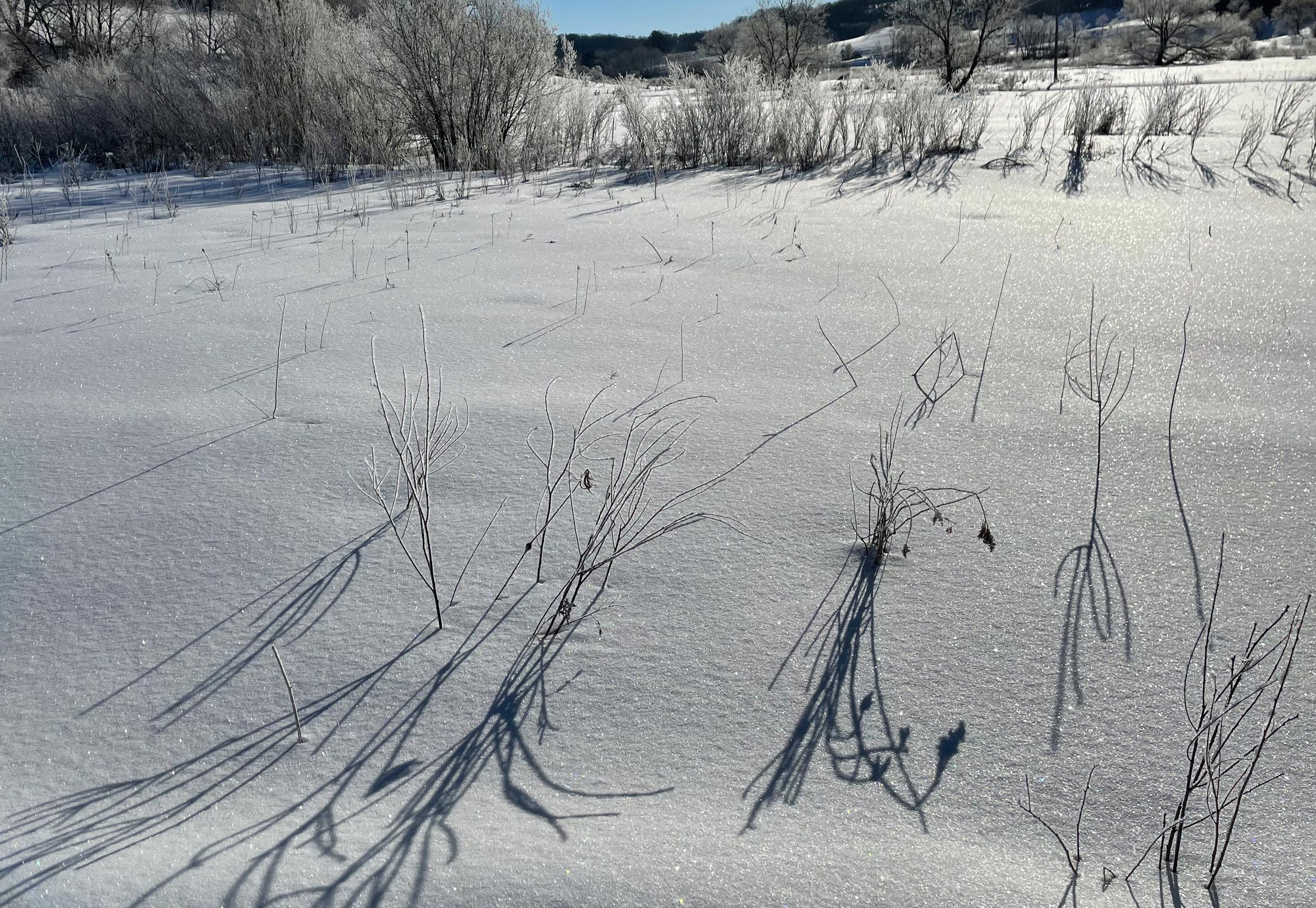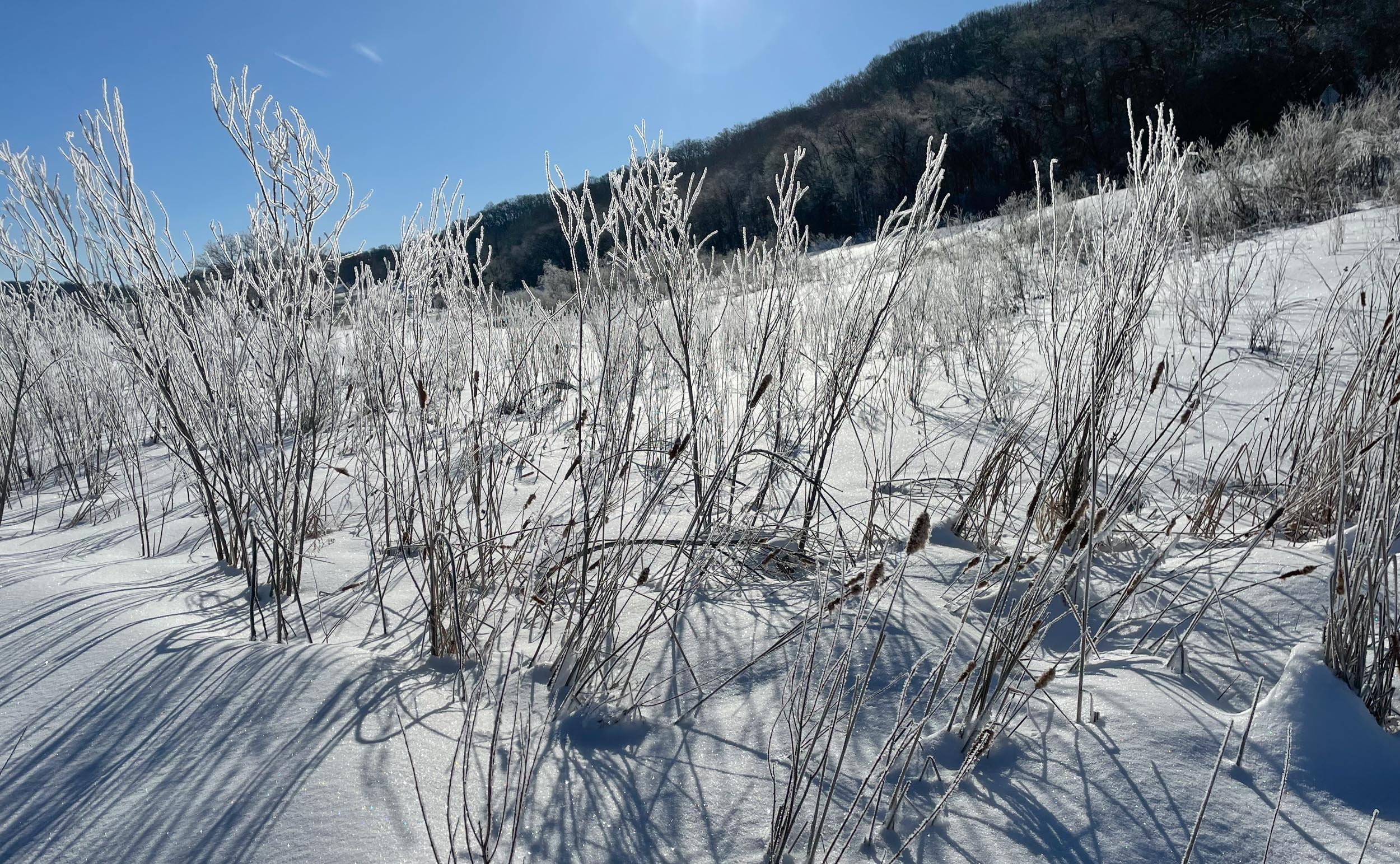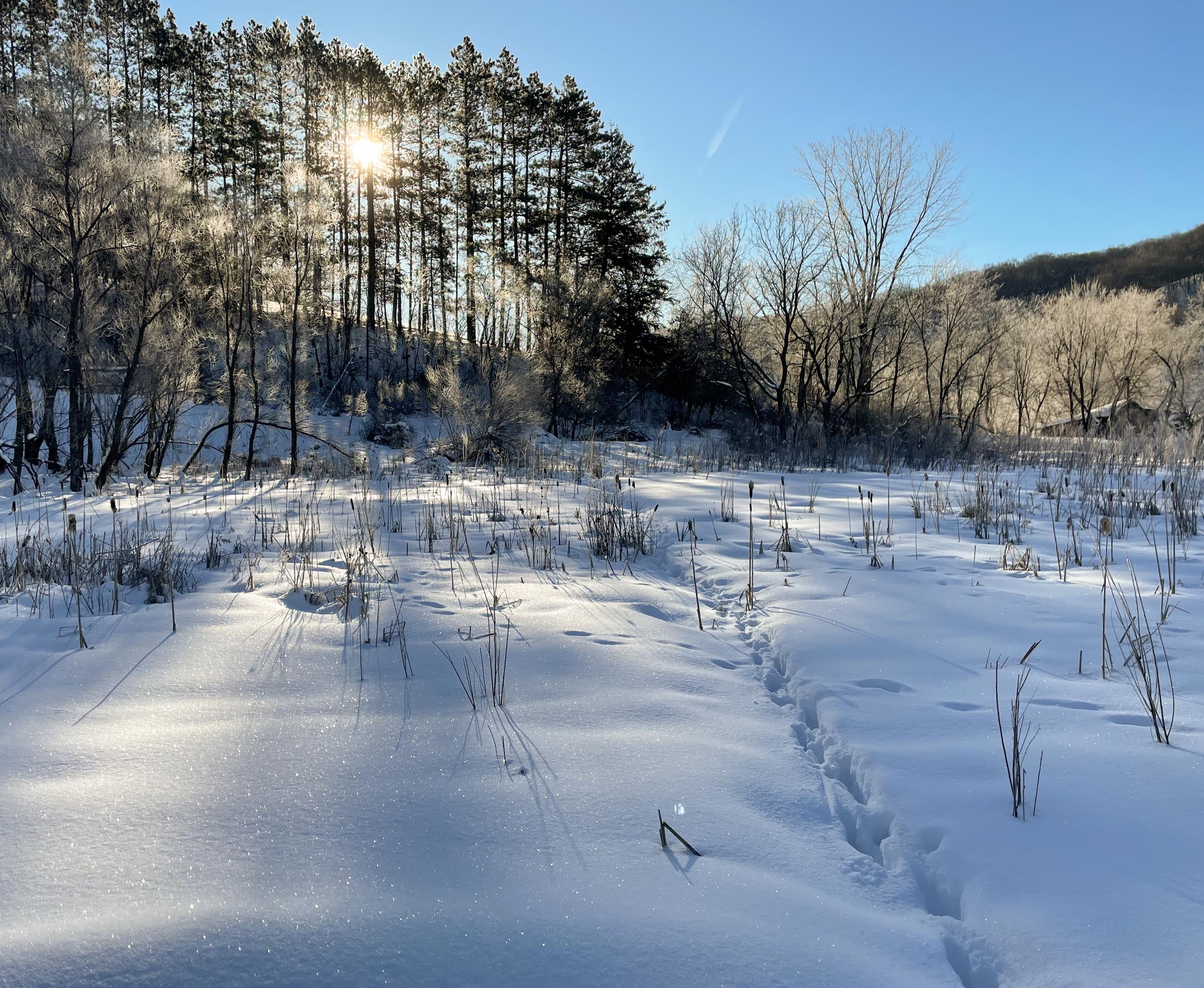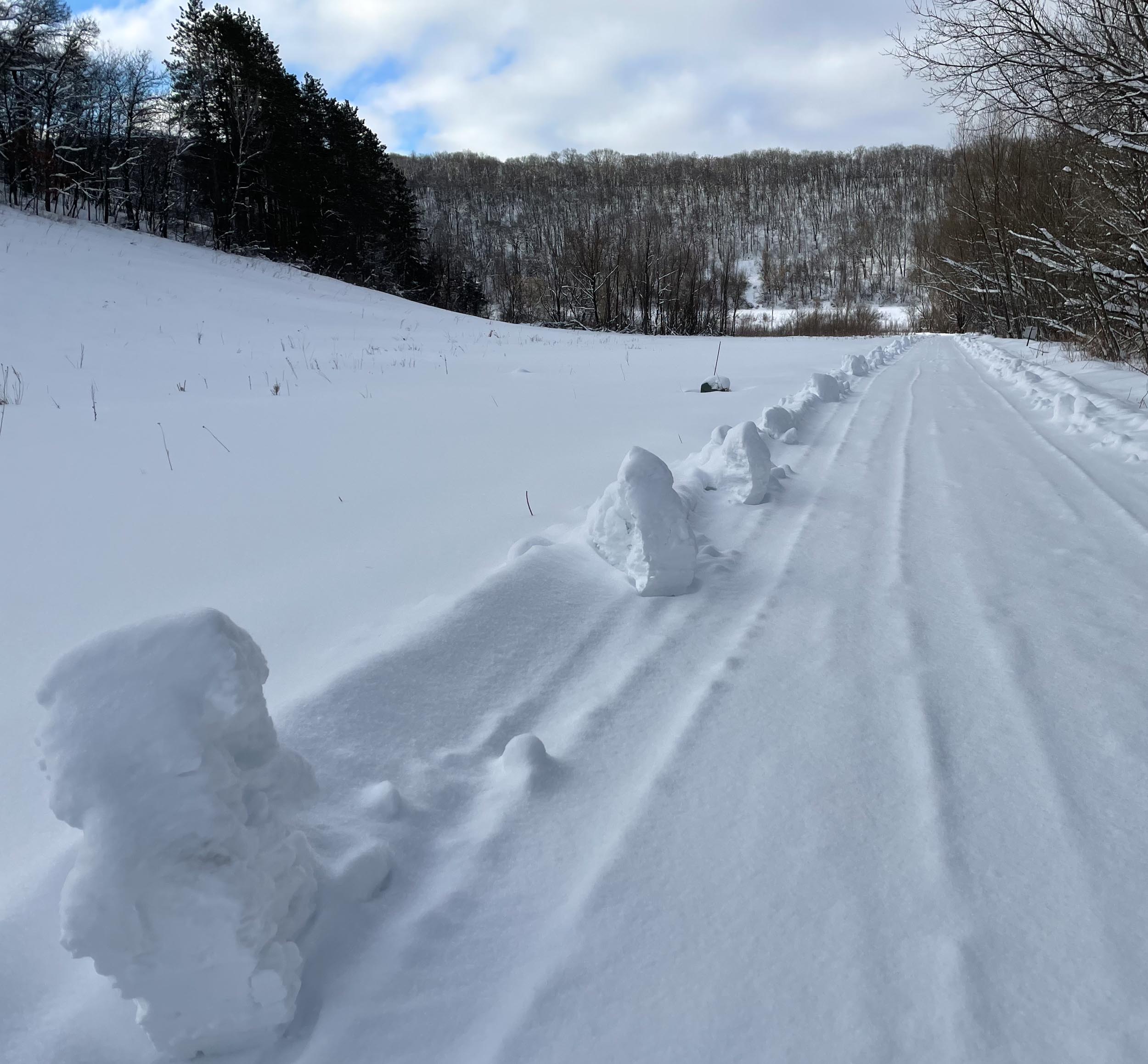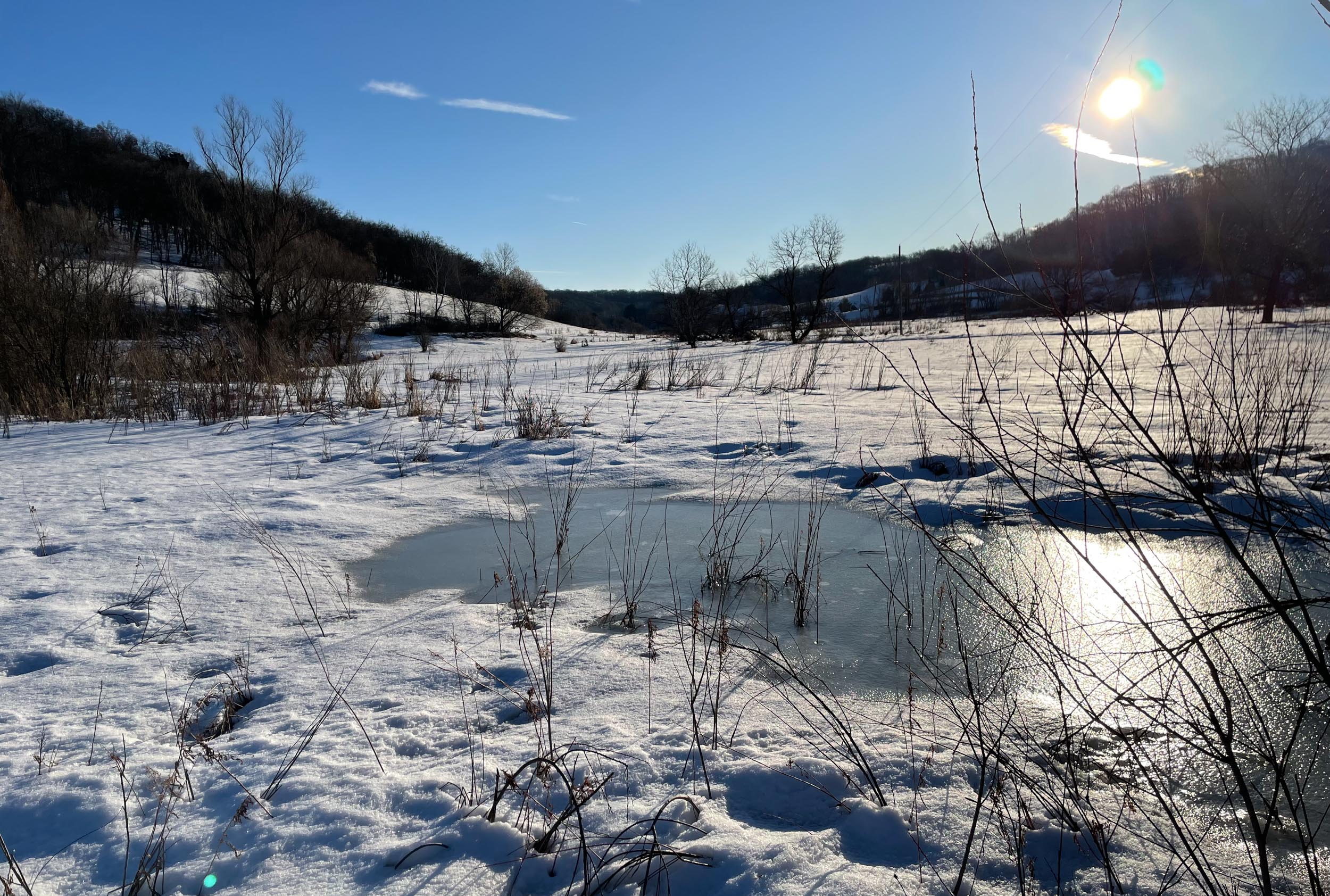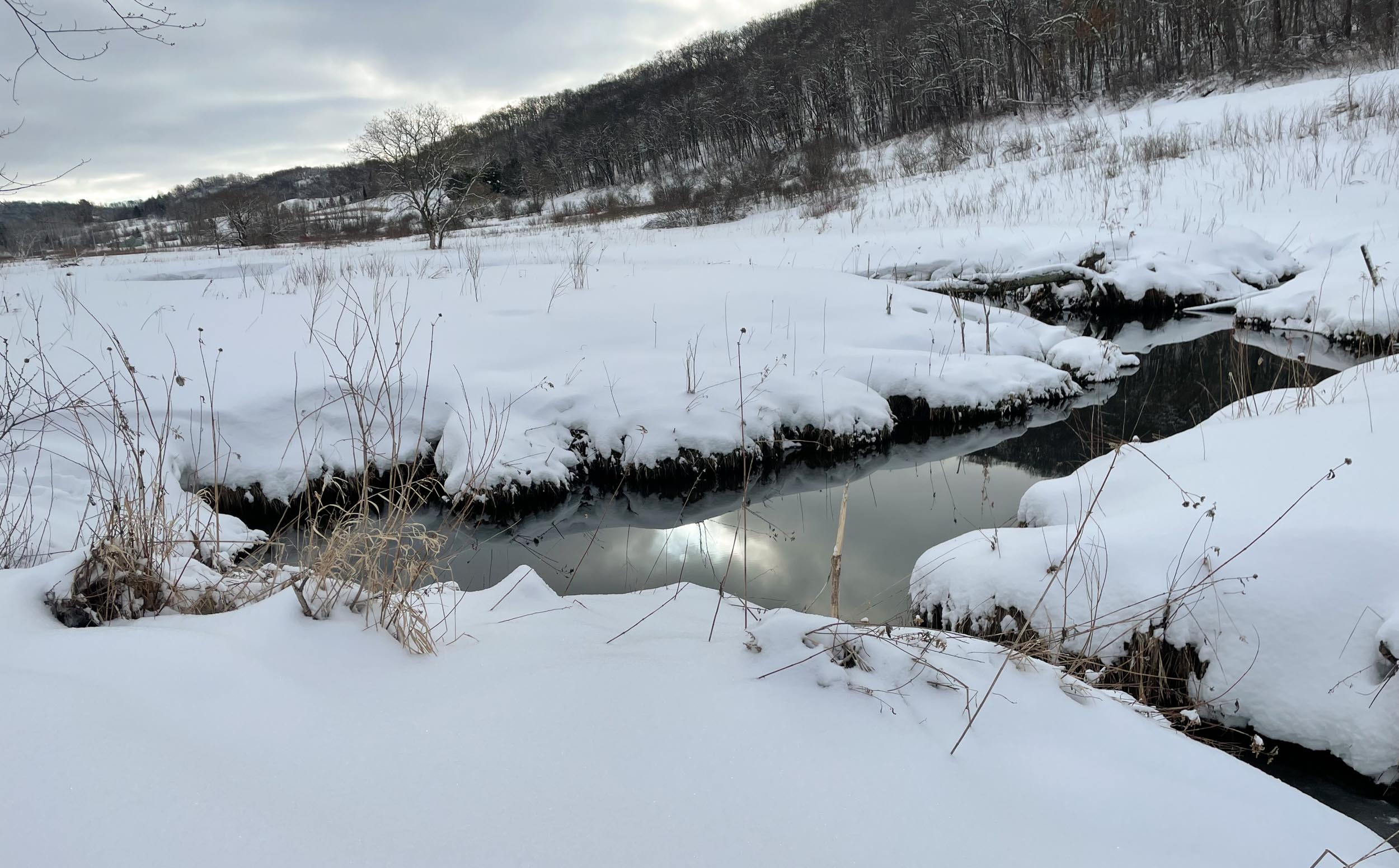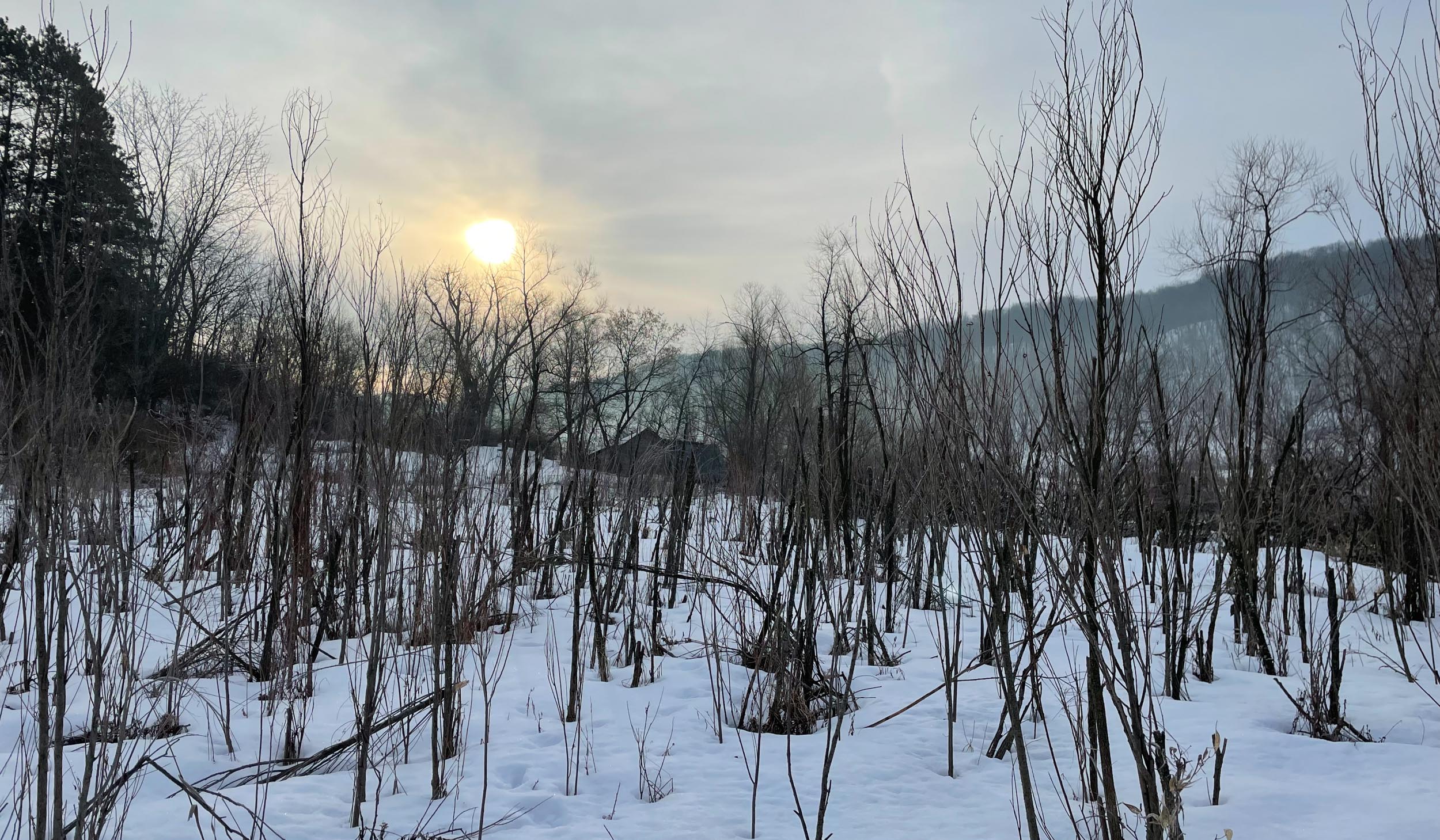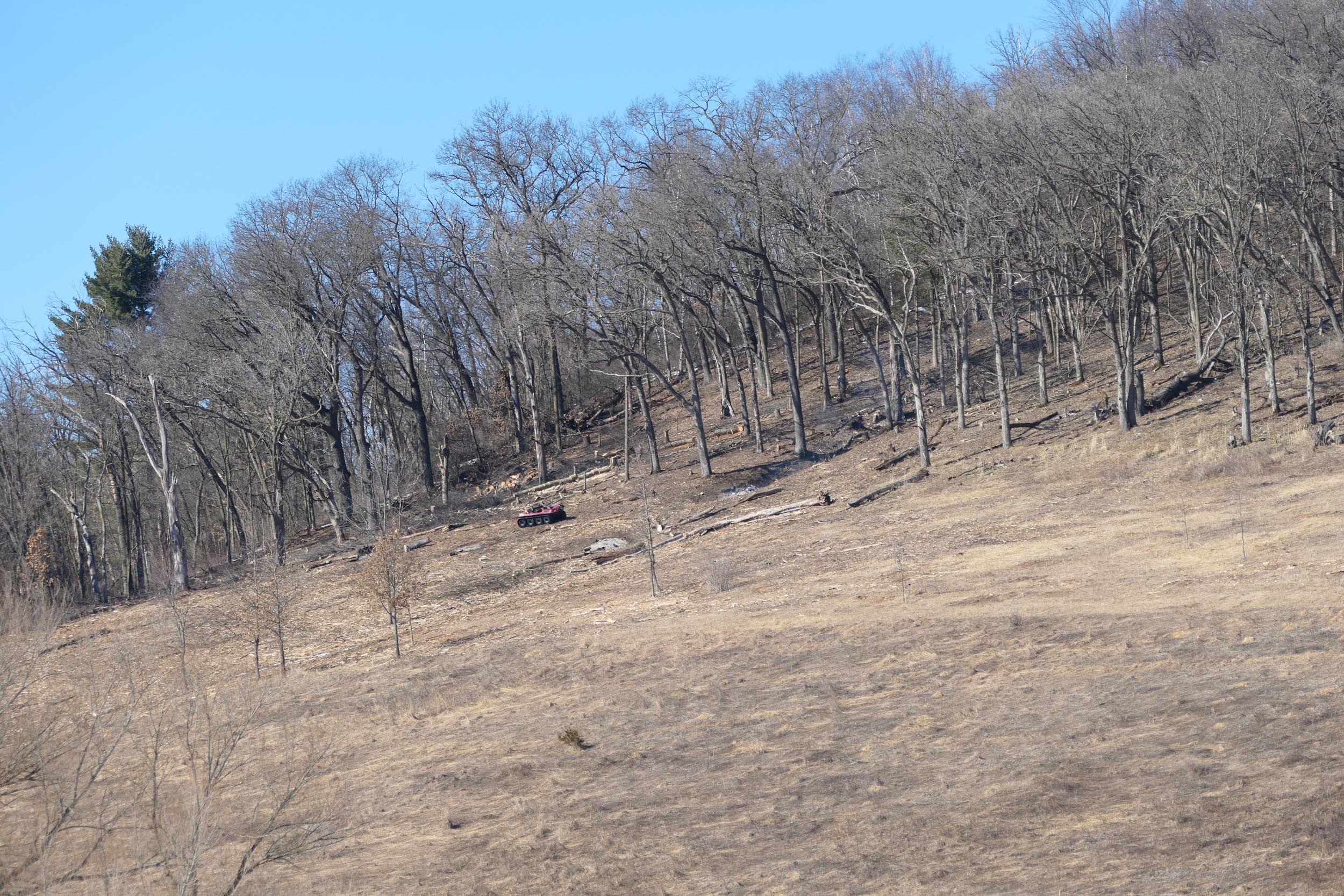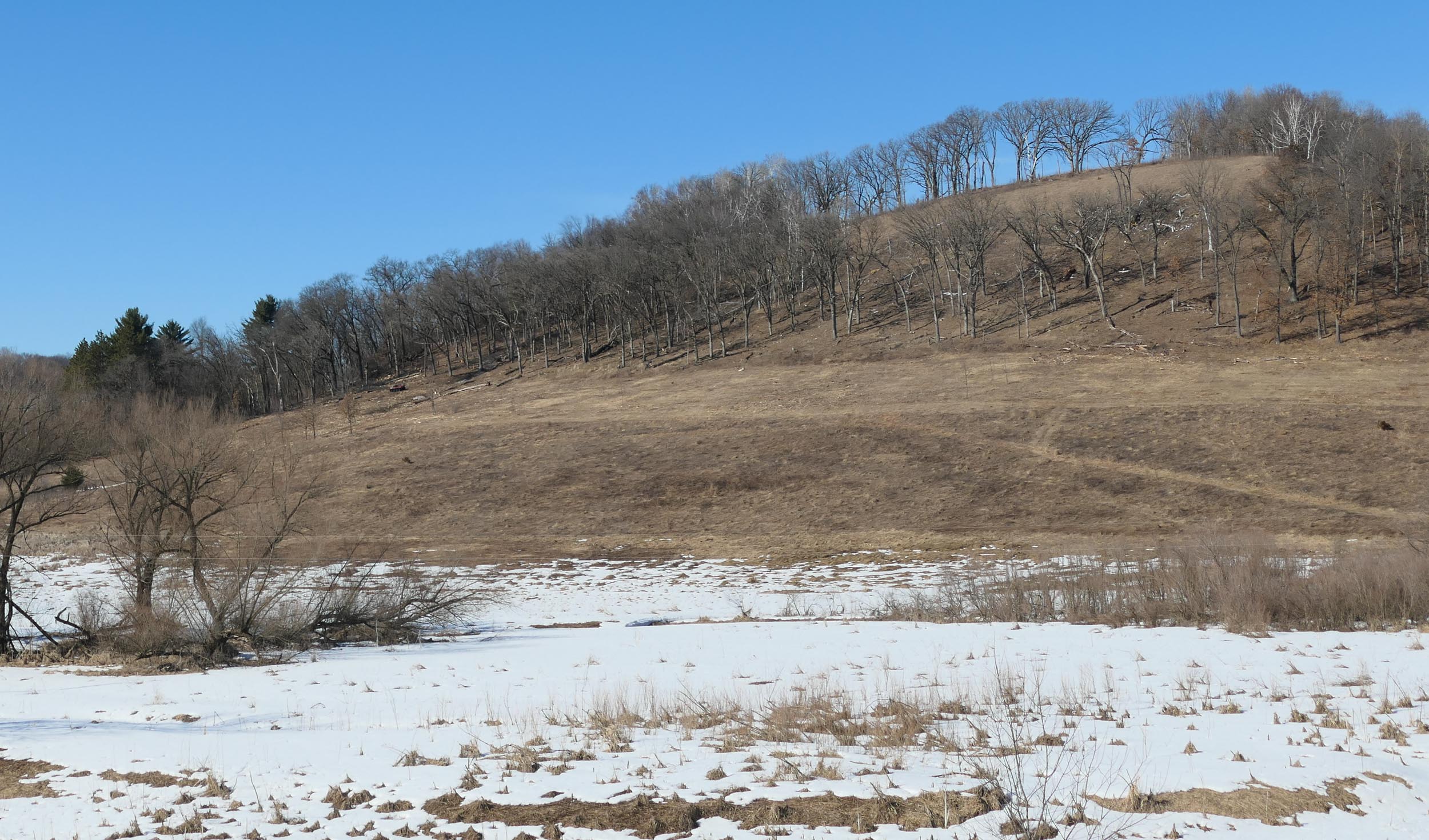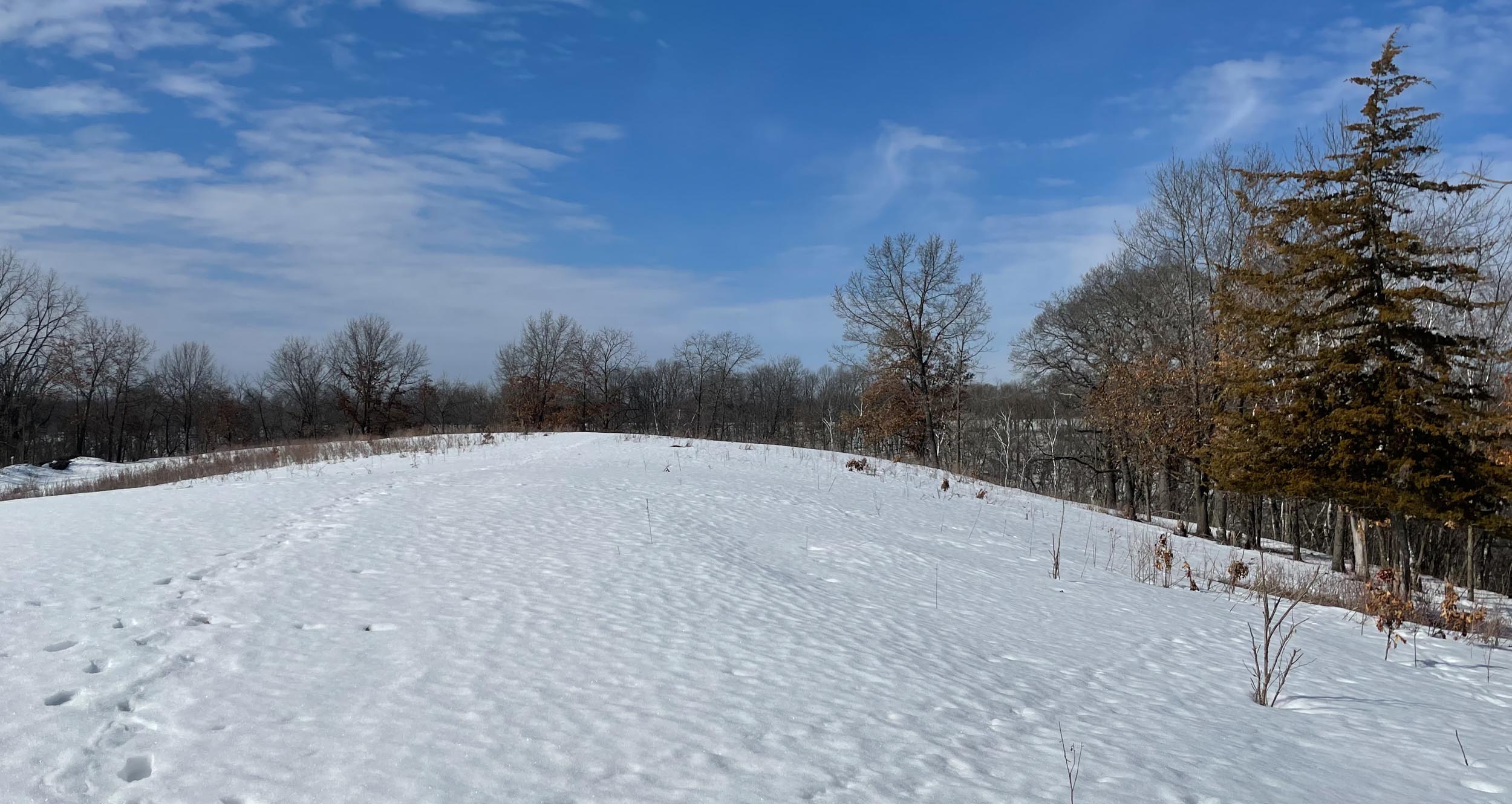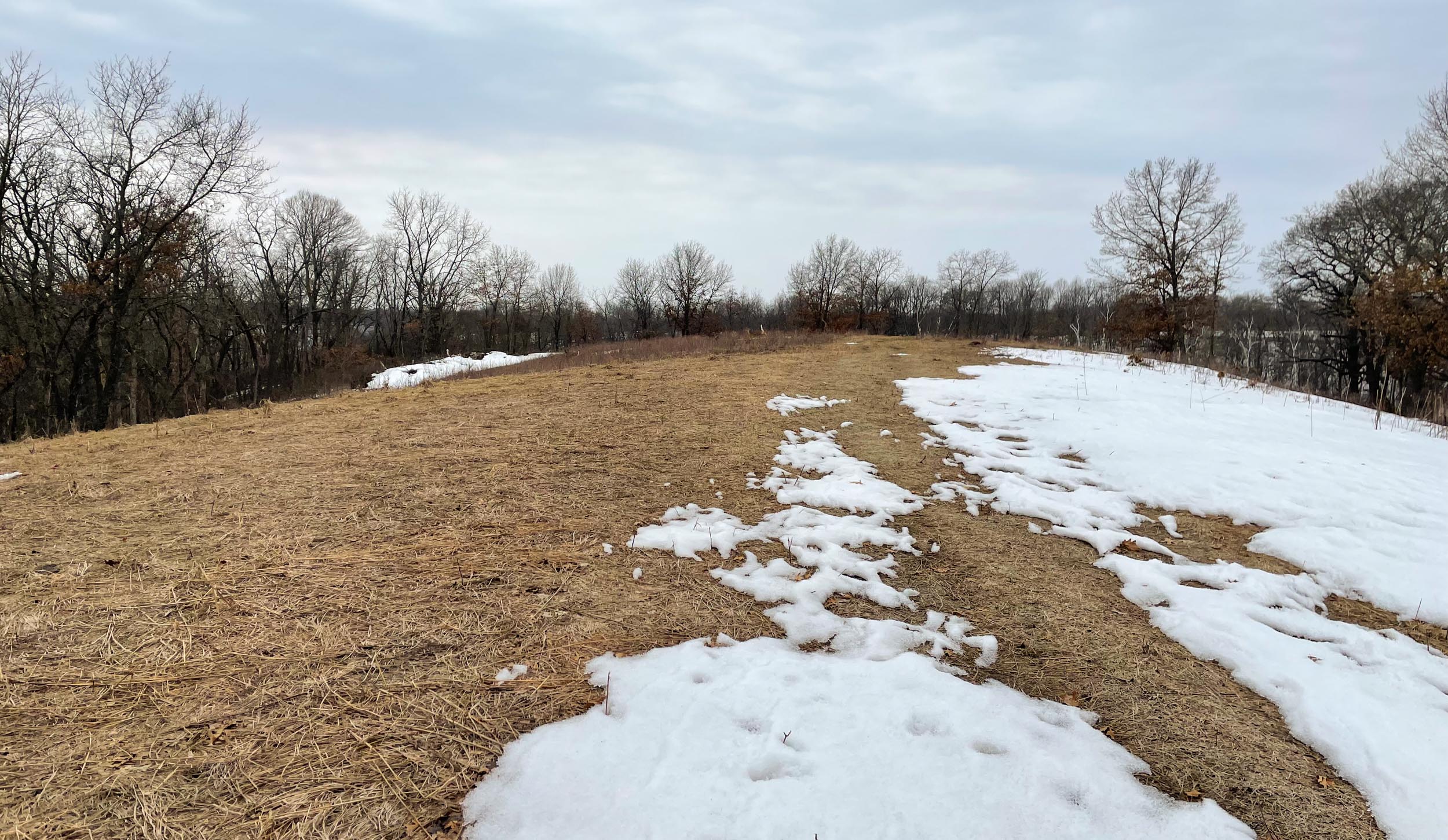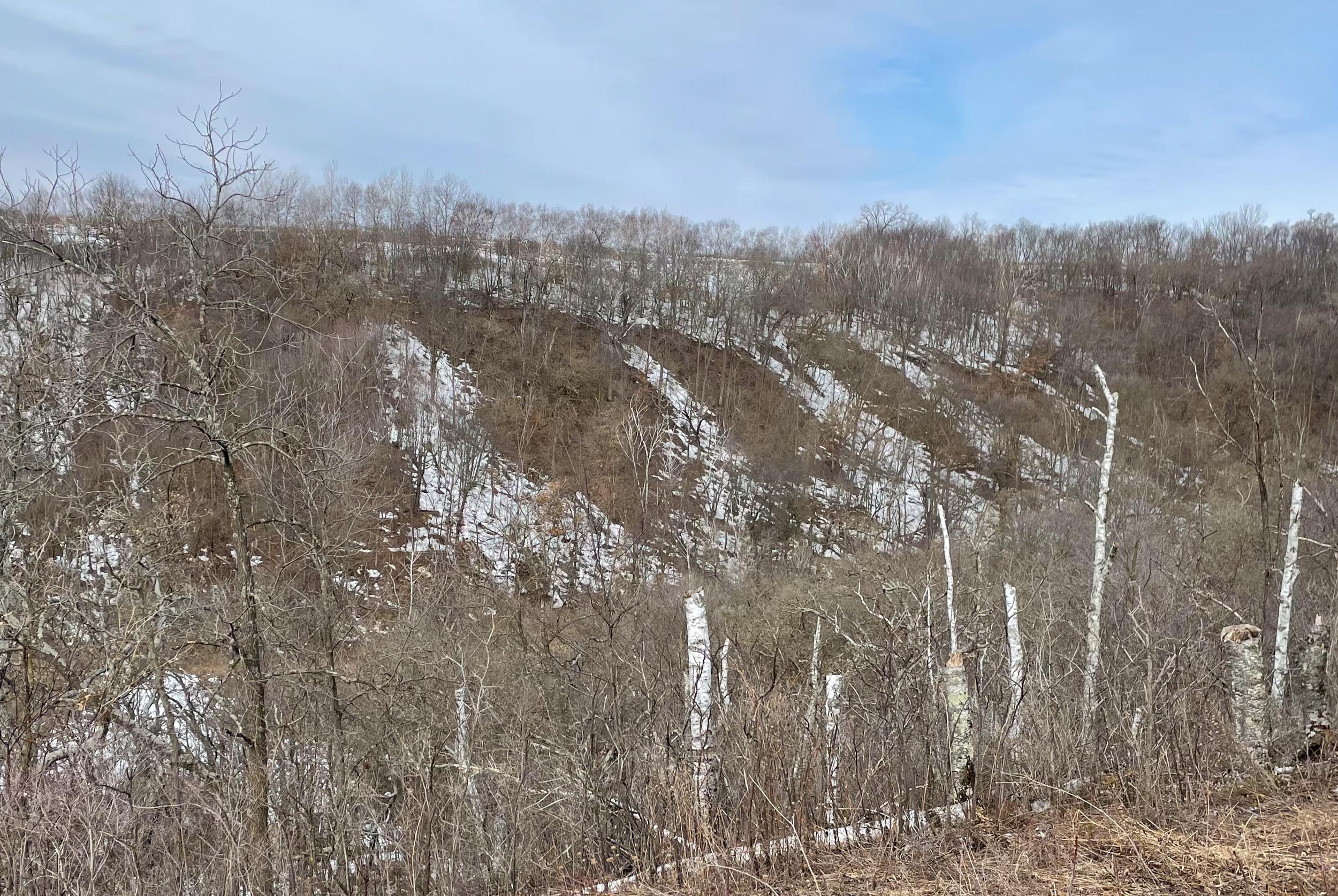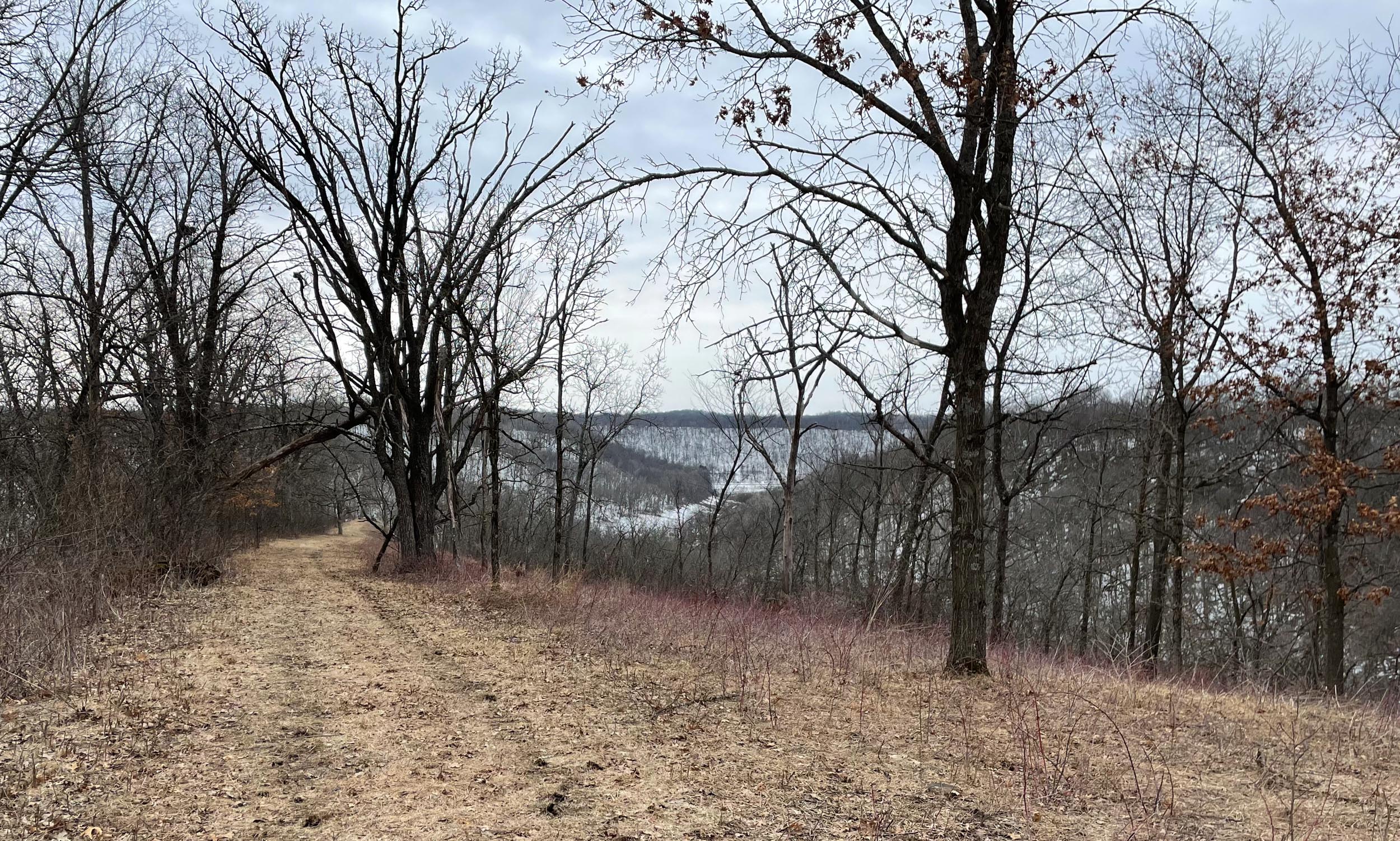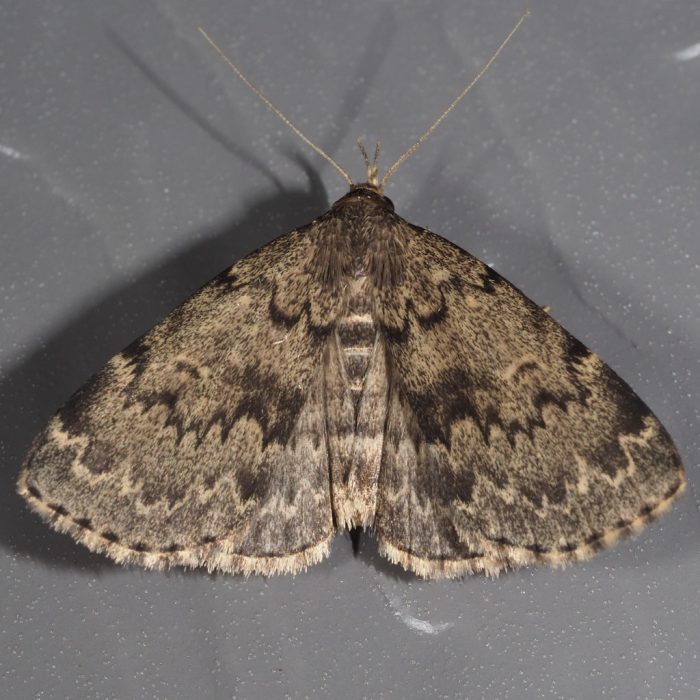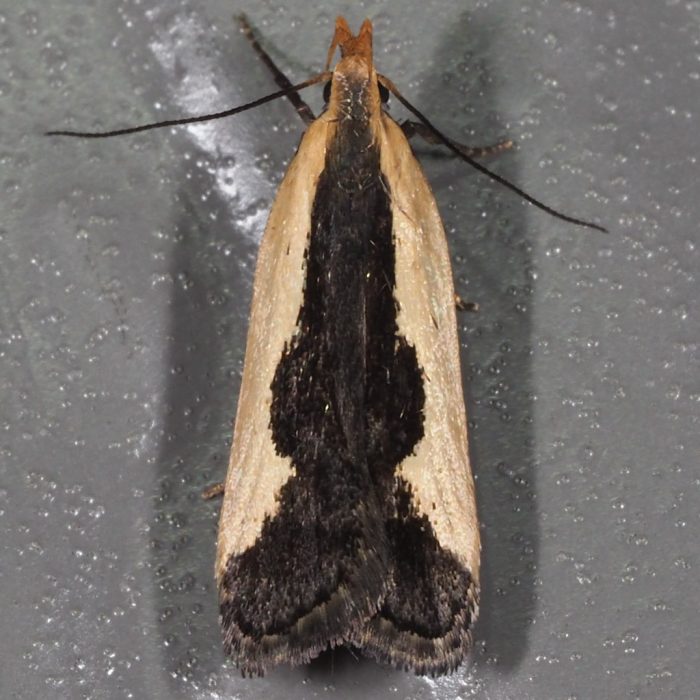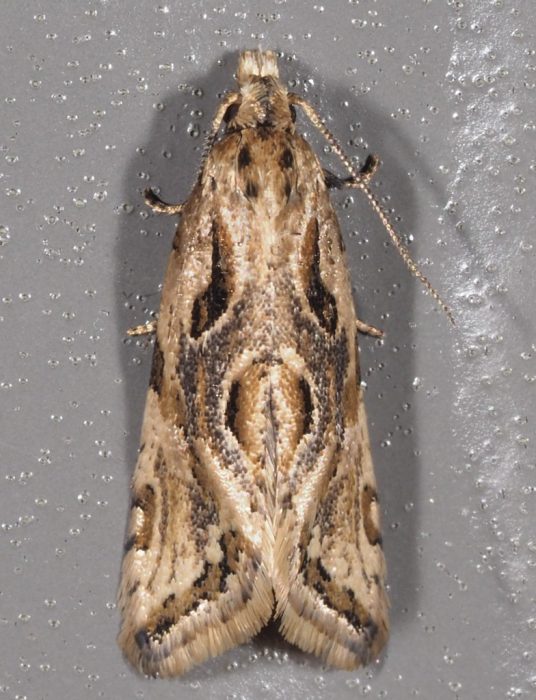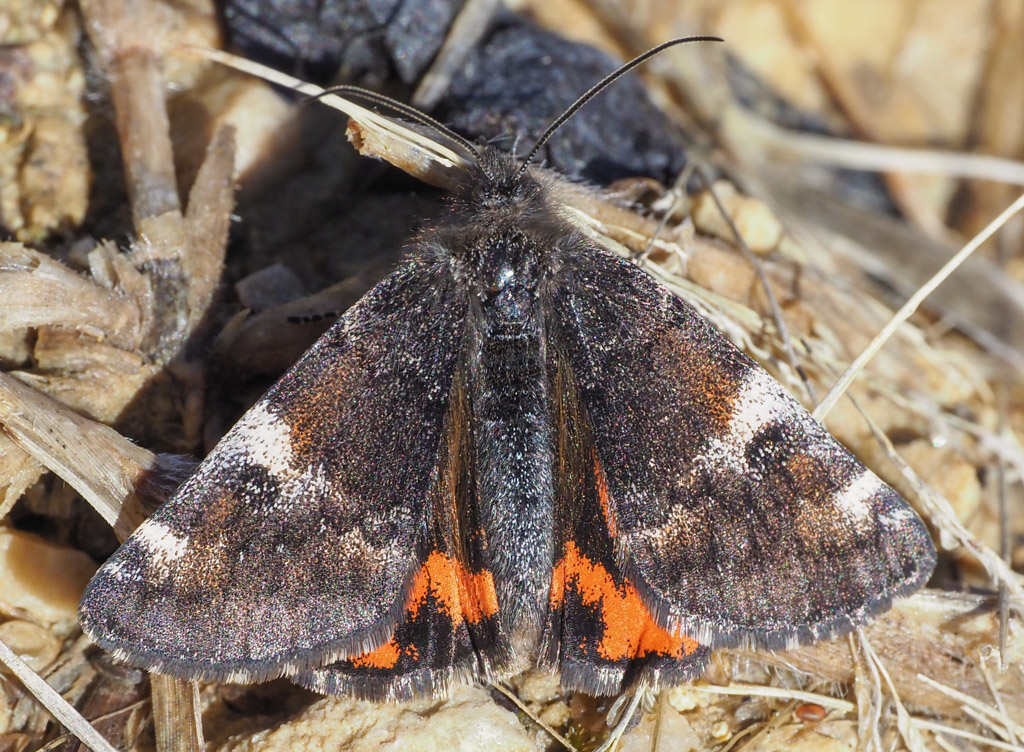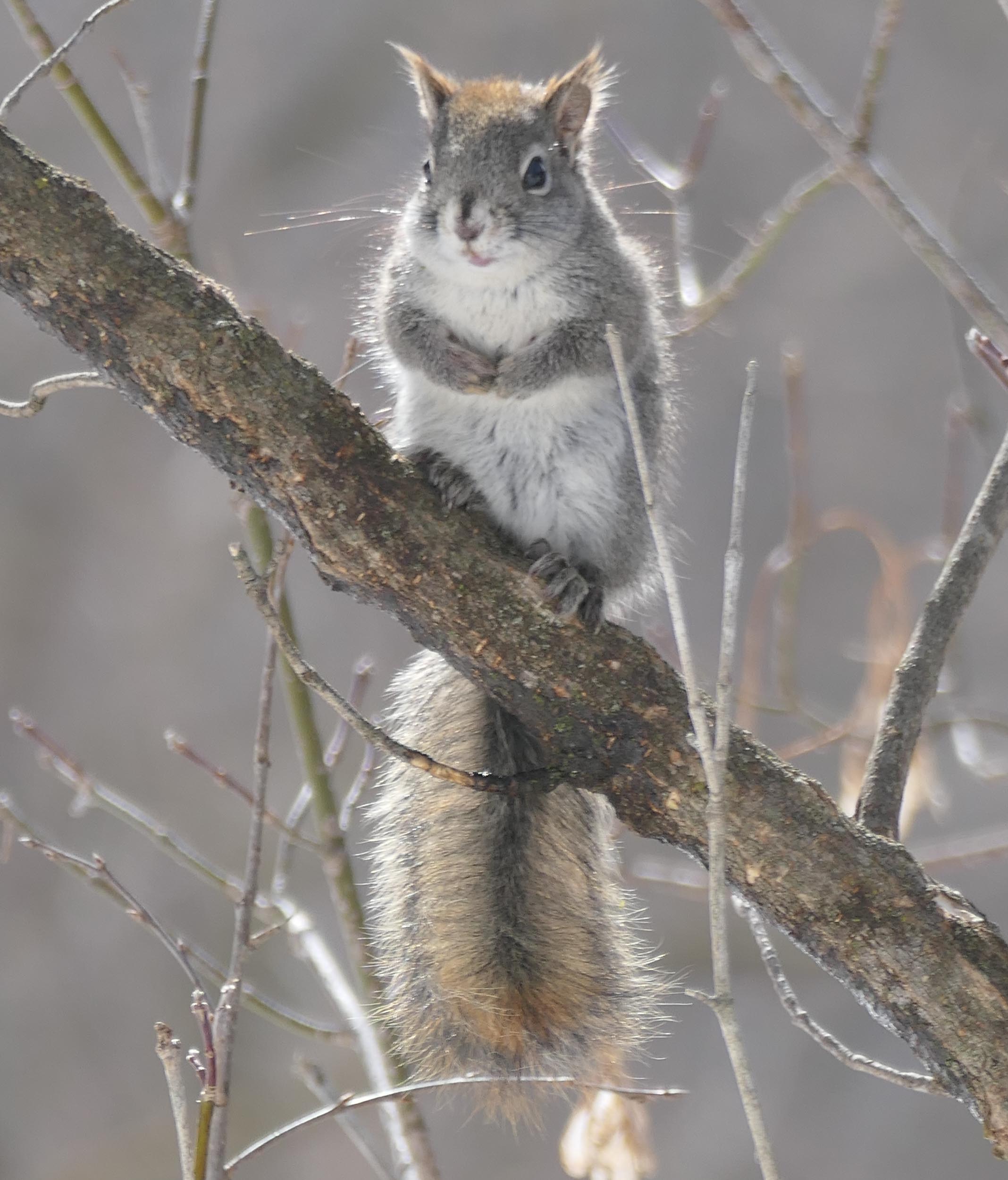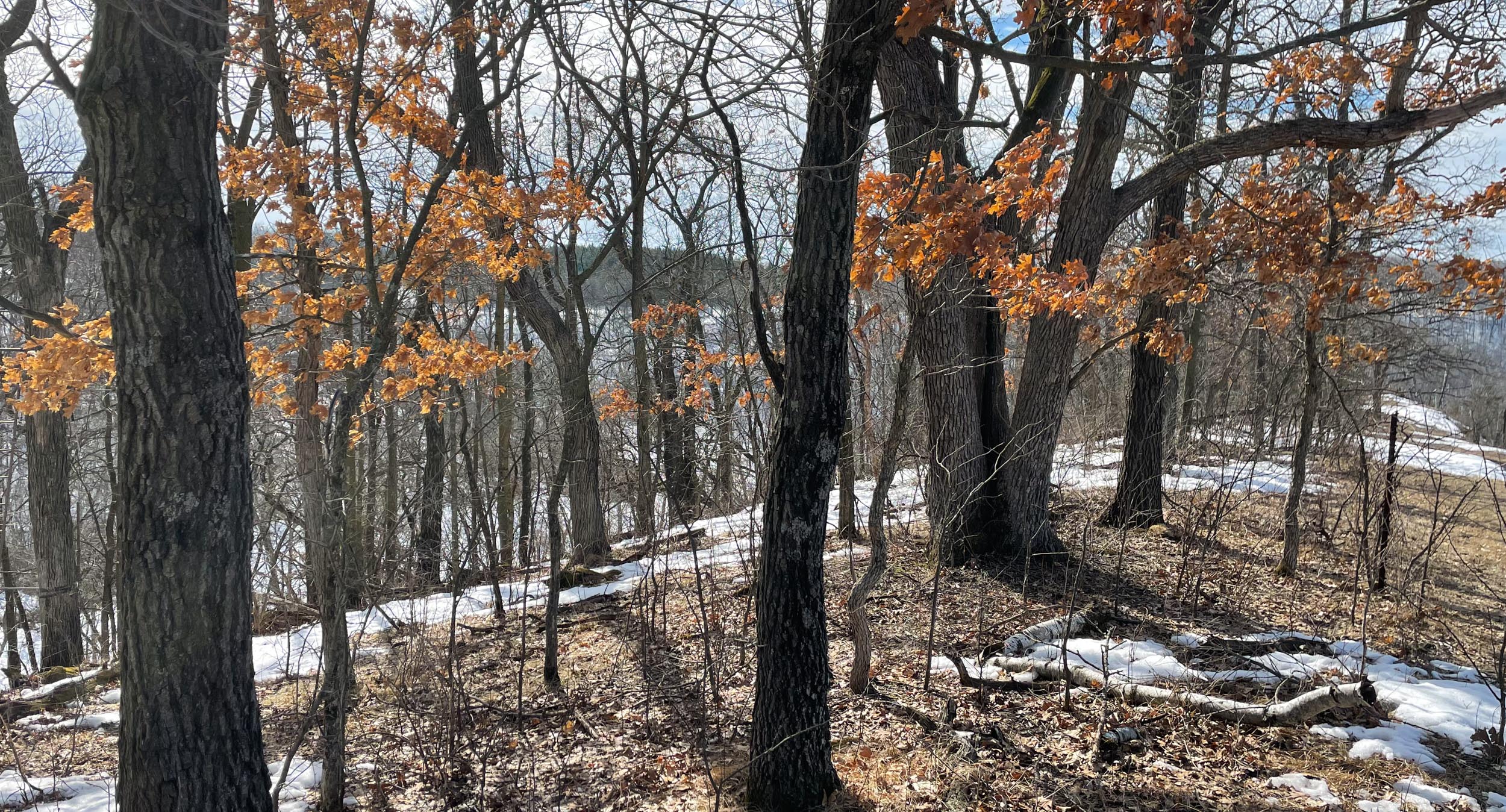March had a snowy start, but now we’re seeing the first butterflies and moths, the birds are coming back and we’re getting some spring rains.
Snow storm on March 1st.
These late snowstorms are always beautiful – more so because we know the snow won’t last long.
Snow shadows
Willows and cattails
Sunrise
When Mike plows after these late warm storms, the plow gathers the snow into big sticky lumps. It makes a nice temporary edging for the driveway.
Even on cold days there are hints that things are melting. This is a puddle that forms every spring before the culvert under the driveway melts through.
Sunrise in the creek
This area used to be called the frog pond by the kids who grew up here when it was a farm. It still has frogs, but now it’s transformed into a thicket of shrubby willows growing in pools of water.
The combination of melting snow and strong winds made odd looking icicles hanging from our eaves.
Ku-le Region Forestry is working on Pine Point again this year. This hillside has one more section of savanna to open up. Here’s the beginning of the work – when there was still snow on the ground.
And here it is without snow. Every day they work it looks more like a savanna.
This is a view of the whole hillside – with Big View Prairie and savanna at the top, and Pine Point Prairie (a planted prairie) on the lower slope.
We haven’t been walking through our upper prairies all winter – there’s been too much snow to walk there comfortably. Now that the south-facing hills are bare of snow it’s easier to get to the top, and even the snow on the prairies is starting to melt away.
This is the Knife Edge Prairie on March 23 – still plenty of snow….
the same place on March 30.
Some days the melting snow shows off the underlying terrain. On this hillside the sun is melting the snow on the southeast-facing slopes, but not in the shallow ravines between them.
The knife edge point, with the snowy north-facing slopes of Center Valley and Maple Ridge in the distance.
One of my winter projects is to go back through the photos I took of moths during the warm months. On nights that I have my moth lights up, I take so many pictures that I don’t have time to look through them carefully. I pick out the ones I know are new or special, but leave the rest until I have more time. During the winter I have time to look carefully and I usually find new ones – ones I didn’t know I had. Last week I reached a big milestone – I’ve now seen over 1,000 moth species here at the farm! These are a few of the newest ones I’ve found.
Toothed Idia
Indented Dichomeris
A beautifully patterned moth without a common name – Aethes heleniana
It’s exciting to see the first outside moths and butterflies of the year. The first are always moths – a few tiny ones that I can’t usually identify, and then Infant Moths – beautiful little moths that for me are the first real sign of spring.
The Infant may have gotten its name because it emerges from its pupa so early in the spring. Infants fly during the day, resting on our driveway and flying up when we walk by.
We’ve seen a few early butterflies, but I haven’t been able to get any photographs. They’re all species that spend the winter as adults and come out as soon as the sun warms the air enough for them to fly.
This Red Squirrel stopped to stare at me as I walked by. Red Squirrels’ coats vary in color from bright fox-red to nearly gray like this one.
The Knife Edge Point with some small White Oaks that have kept their leaves for most of the winter.

